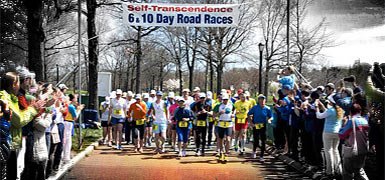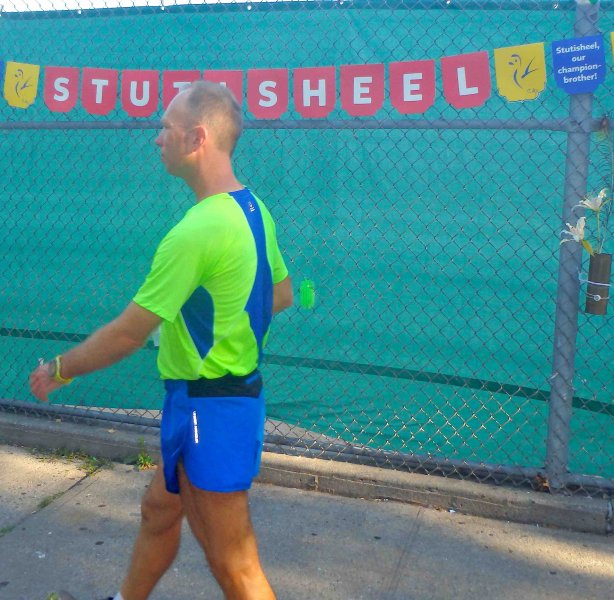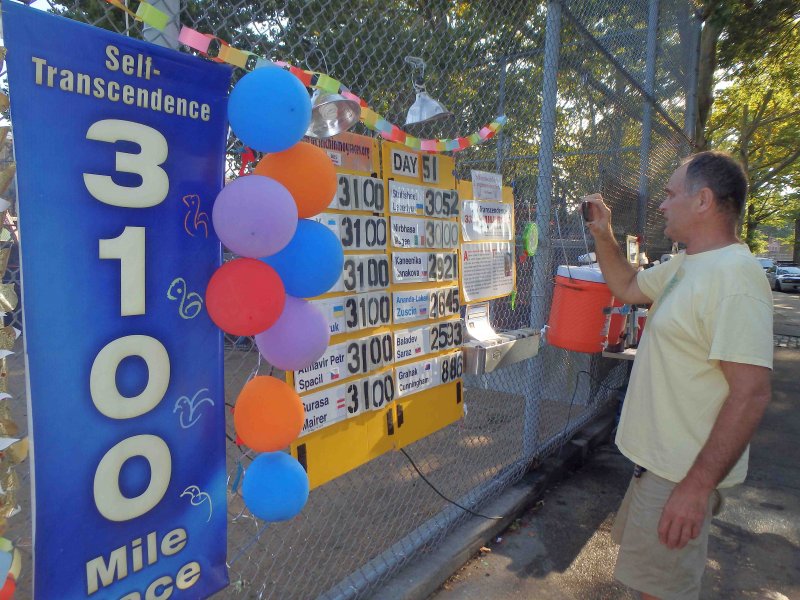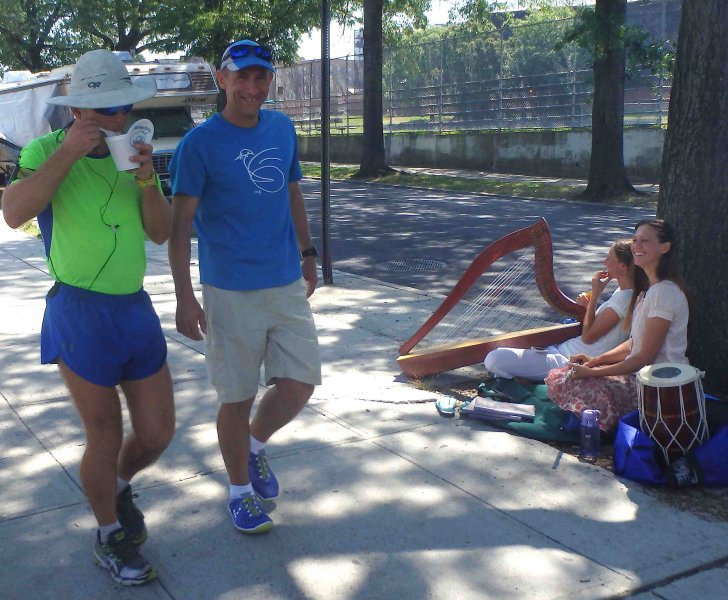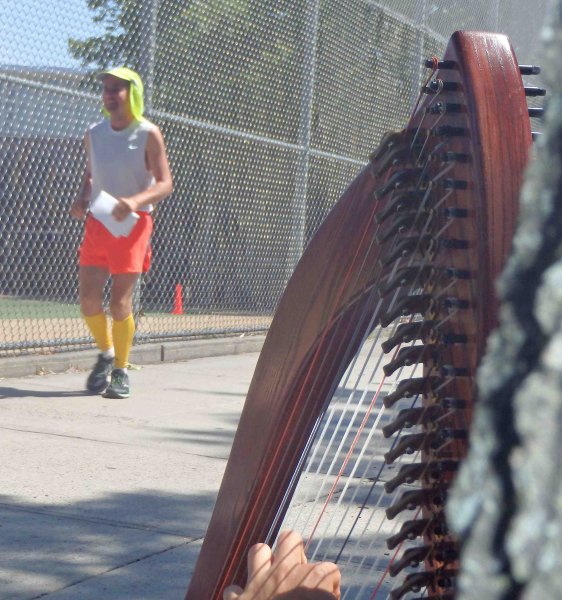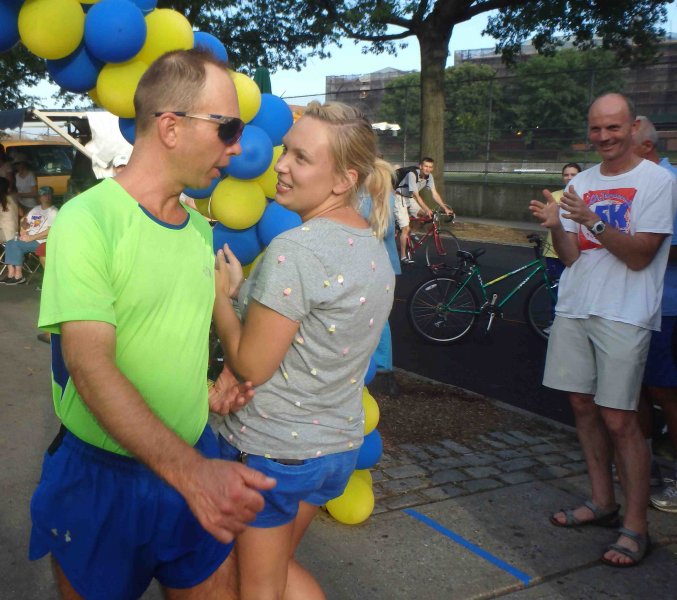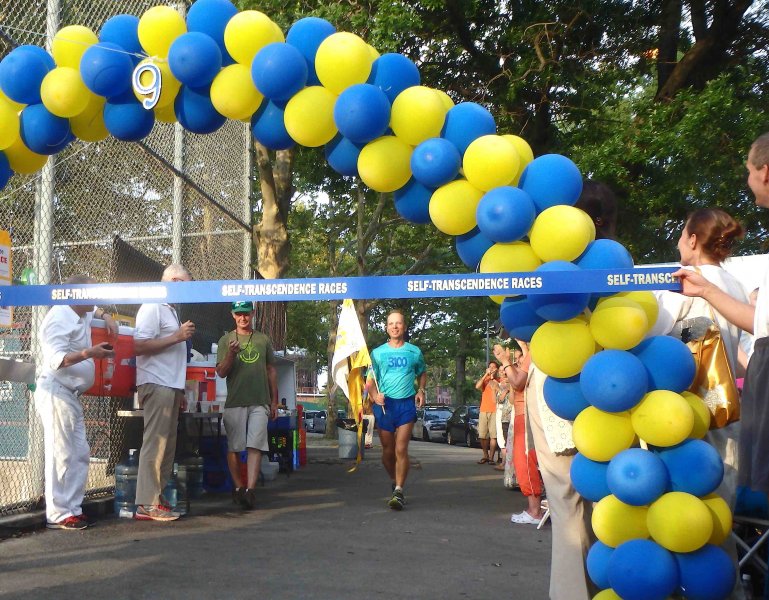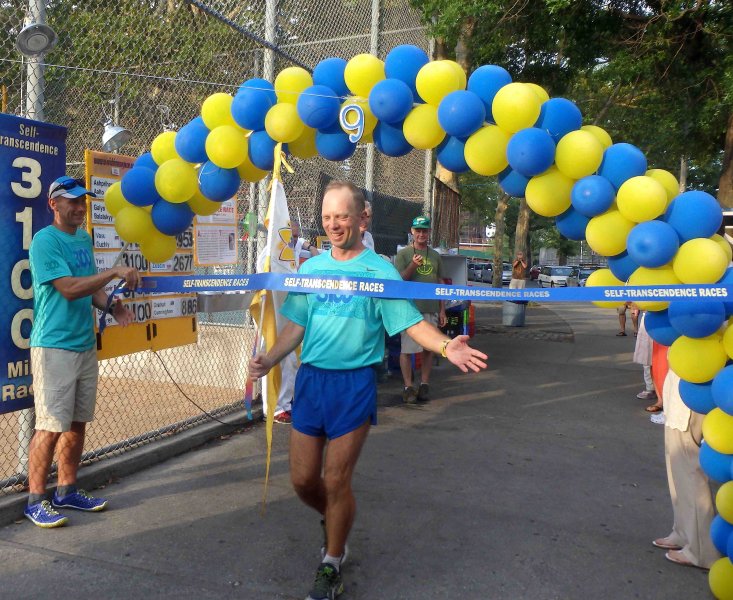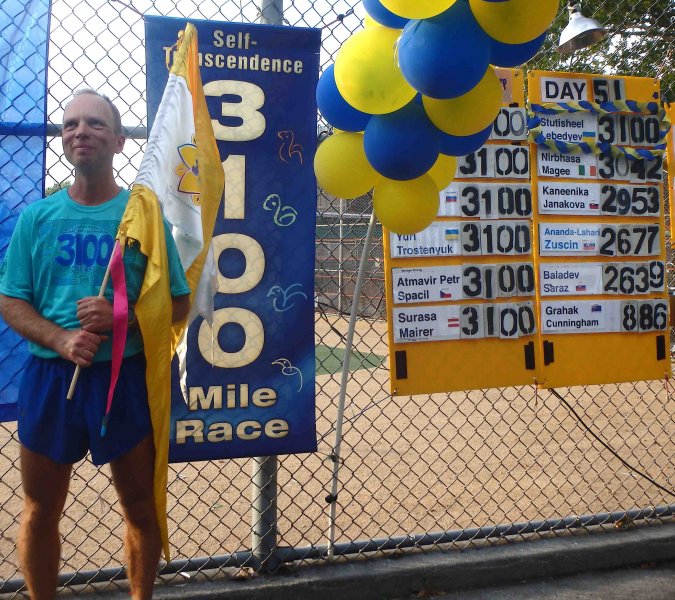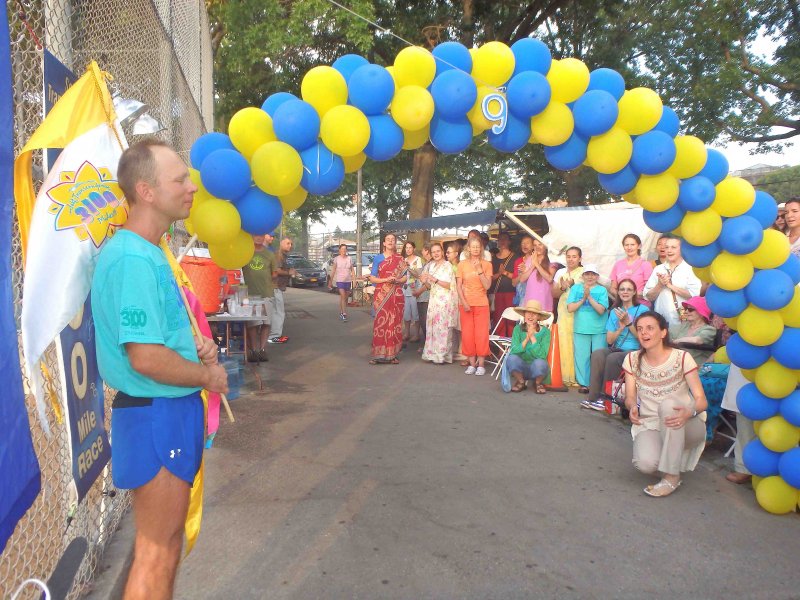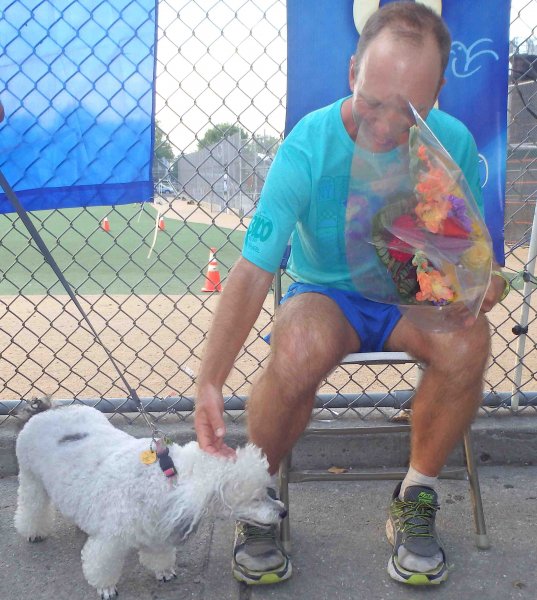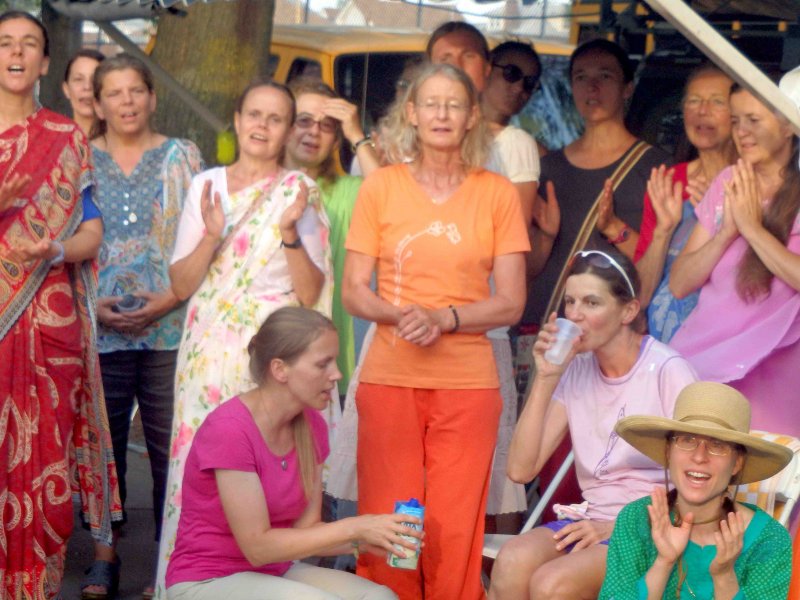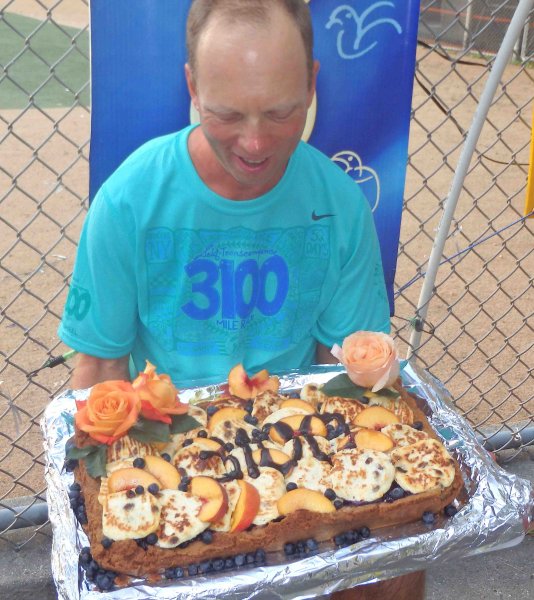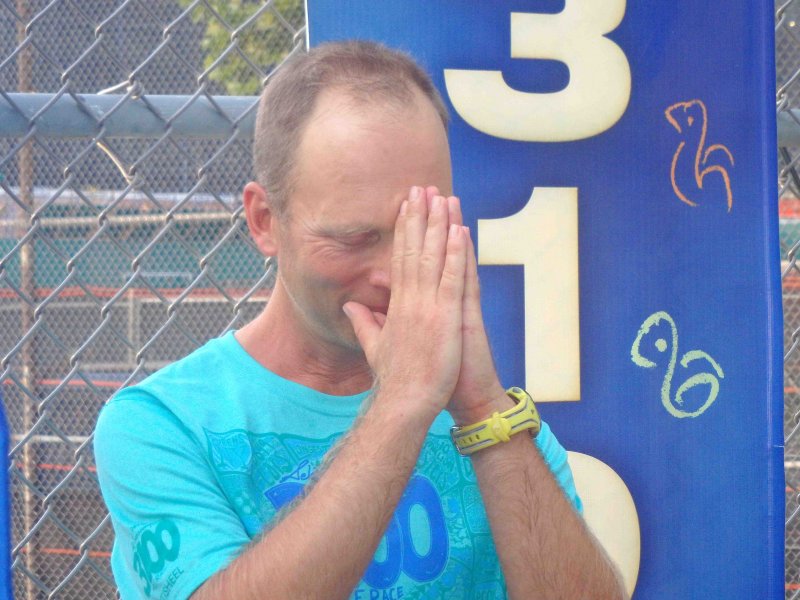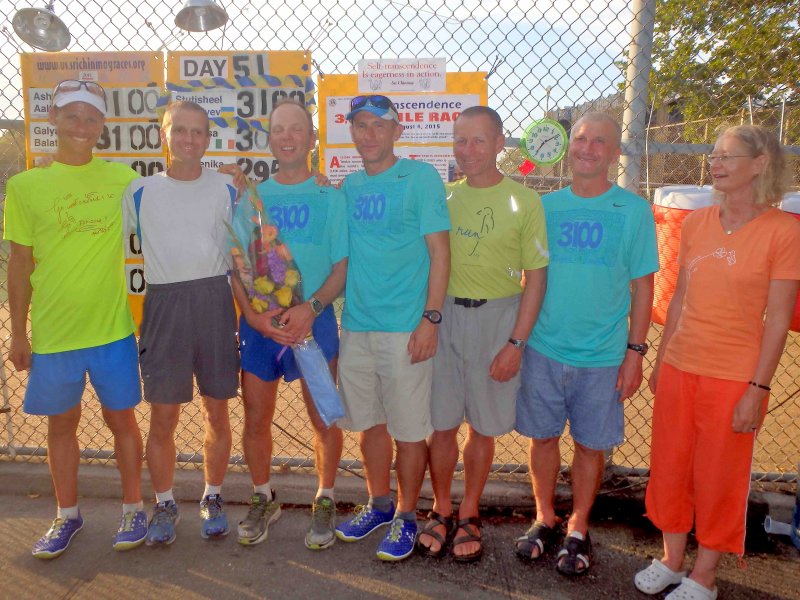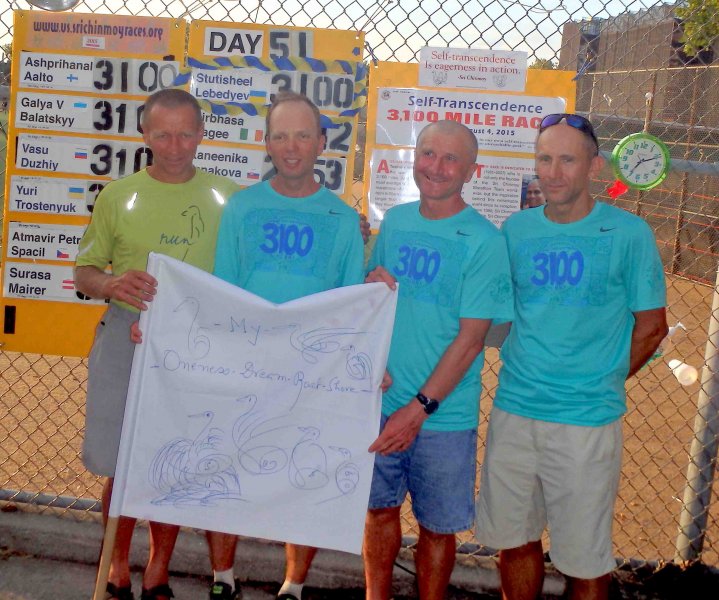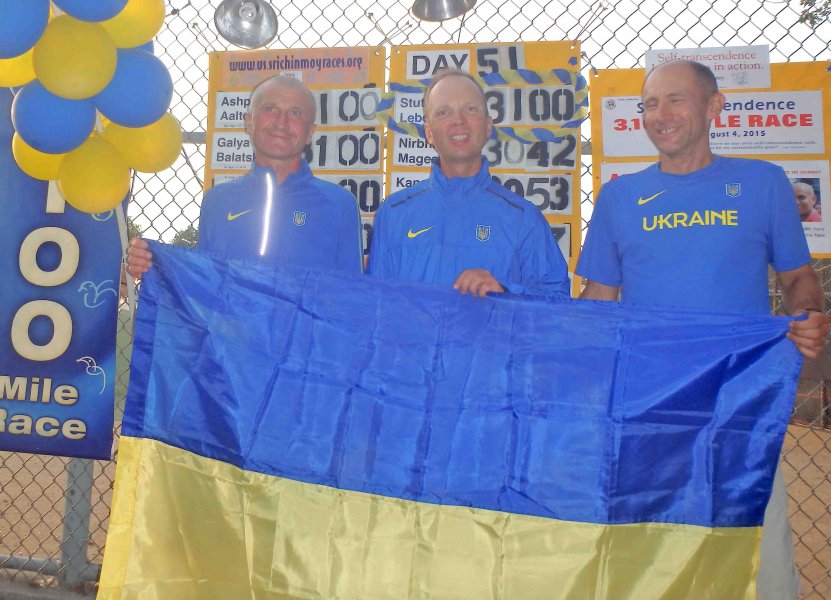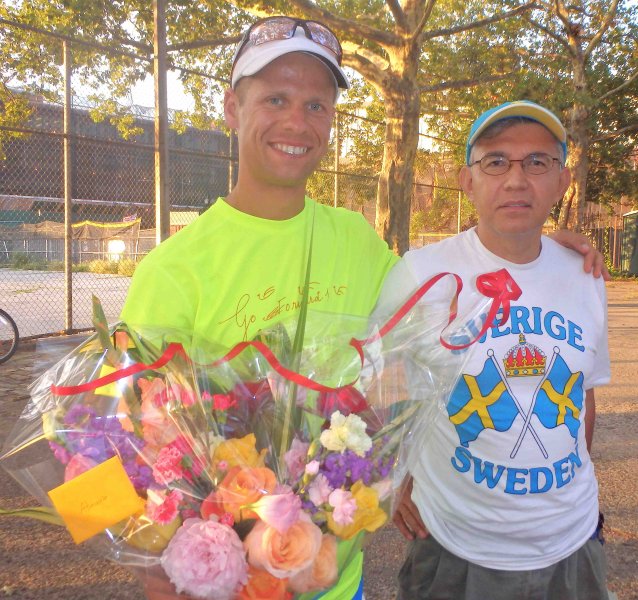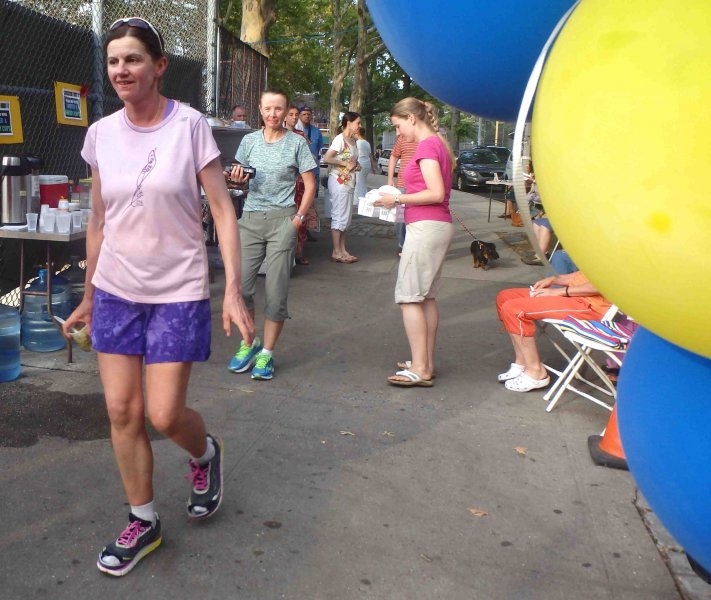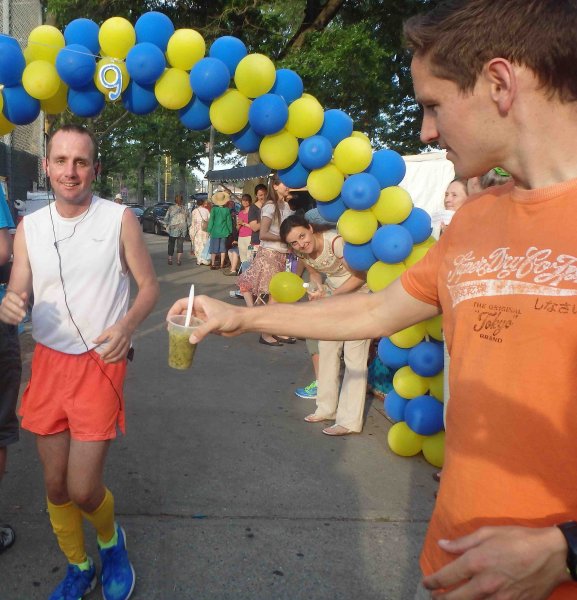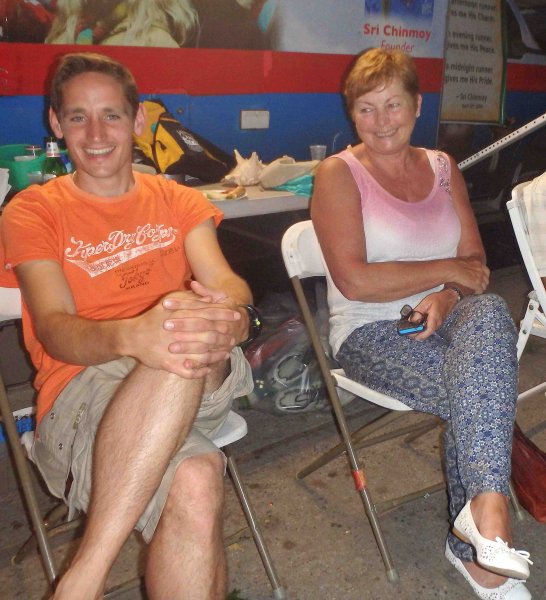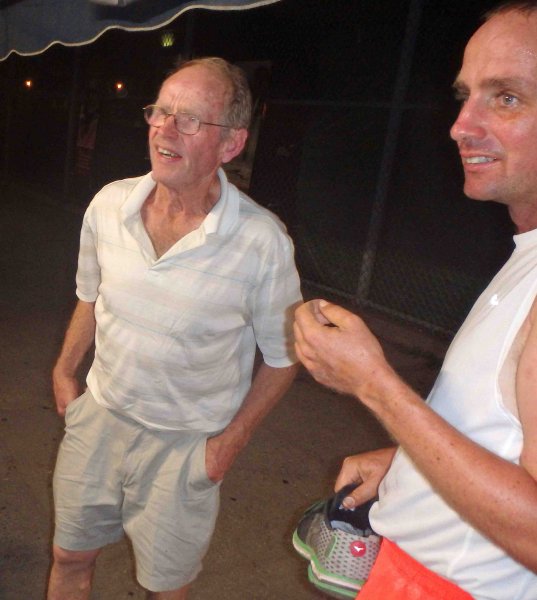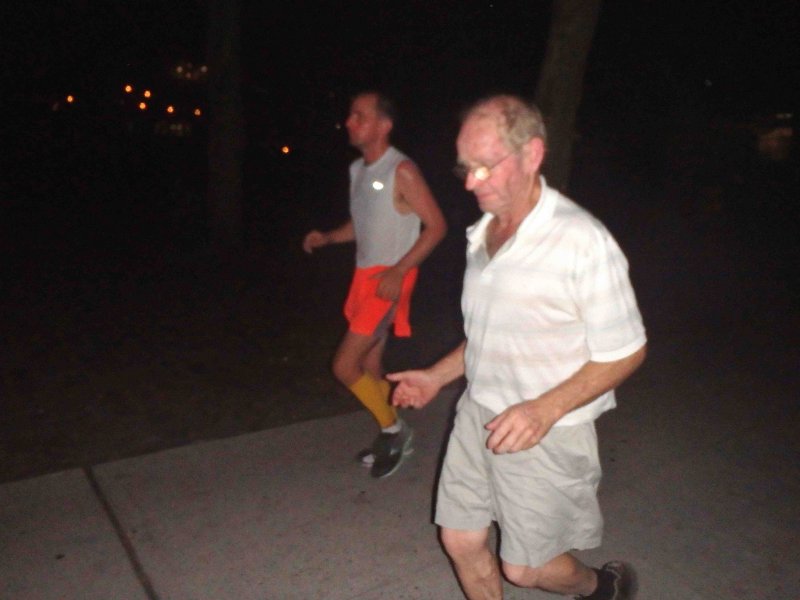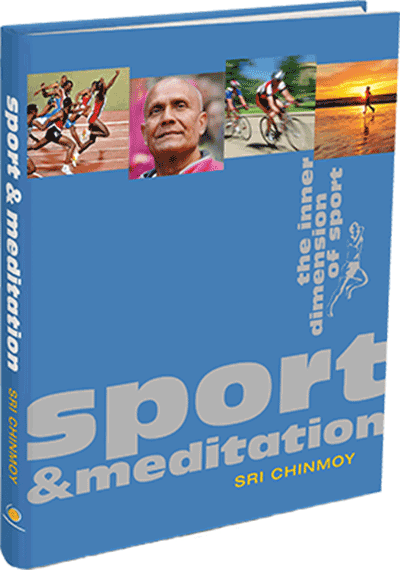Cast your mind back to the morning of August 30th. What were you doing at 6 am that morning 12 runners set off on a 3,100-mile journey?

Although the distance seems immense, they are simply running around a 0.5488-mile block in Queens, New York, with every lap being meticulously counted. As we reach the end of September, a month later, They are still running, as the race has a 52-day cut-off.
Over the last month, several other sporting events have come and gone. In the running World, The UTMB trail races were happening in Chamonix at the start of September. The entire two weeks of the US Open tennis tournament took place just 5 miles away in Flushing Meadow Park. In the intervening time, in the multi-day world, six-day races have been held in Denmark and Hungary, resulting in new World Records (subject to ratification), for Denmark's’ Stine Rex and Belgium’s Matthieu Bonne. Just this past weekend, the Classic Greek trail race, the Spartathlon and the Berlin Marathon have been eagerly awaited, taken place, and consigned to history until next year. American ultra-runner Tara Dower recently completed her epic supported run along the 2,197-mile Appalachian trail, taking just over 40 days to complete the more undulating course!
All this time ..the 3,100 runners are still running every day around the famous 0.5488-mile block in Queens.
How are the runners doing collectively?
After the initial adrenaline-charged first few days things settled down.
Any endeavour of this length requires some good self-management and support and some good luck to negotiate all the multitude of challenges that can occur.
The perceived wisdom is steady, even effort each day is the best long-term strategy.
That is not to say that on any given day if the stars align, you don't just “go with the flow” and achieve a bigger daily total.
Care must be taken though, not to overdo it. Newton's immortal phrase, "With every action, there is an equal and opposite reaction,” certainly rings true for ultra runners as it does for Physicists. Making a determined effort one day, when feeling good to run a few extra miles, can lead to a consequent dip, if not the next day, then a couple of days later.
The same applies to food and fluid intake. You aren't just fueling with a few gels to get you through those last few kilometres of a marathon. In an extreme multi-day event like this, what you eat and drink today will affect how your body responds in 2 to 3 days.
Adequate regular fuelling is key to consistency, day after day.
In many ways, the 3100 runners are pioneers of extreme exploits. They prepare as best they can, but it is often said, that the preparation is just several years of consistent mileage and races to prepare the body outwardly, aligned with an inner determination in their lives to transcend themselves and push their personal boundaries out.
How are the runner’s doing individually?

Race leader Andrea Marcato has proved the steadiest in the first four weeks, avoiding injuries or major blister issues and keeping his energy levels fairly consistent.

He seems very much in control of himself. Four previous 3,100-mile completions had given him the experience to know how to “deal with himself” aided by his good friend and trusted main support crew, Arpan DeAngelo, himself a previous finisher of this race. At the finish of Day 32 on September 31st, Andrea had completed 2,318 Miles, averaging 72.4 miles a day.
Ashprihanal Aalto, the Flying Finn is making his 17th appearance in the race and is a nine-time previous winner. After making a flying start in the first week he has again settled into a routine. At one point, it looked like he and Andrea were in a race for the lead every day, but they have both, now settled into their own routines.
Lo Wei-Ming is running the race for the 4th time. He turned 60 this year and, throughout the race, has been bettering the World over 60 records for distances beyond 1,000 miles. He is the second 60-year-old to run this race. Scotland’s William Sichel completed in 2014 and set all the inaugural men’s Over 60 world records.
Pushkar Mullaer is back at the race, after a lengthy break. He has run very well, averaging over 67 miles. His best result was well back in 2012, where he finished in 48 days +8:22:16. At this rate, there is a chance he could set a pb, which would be a remarkable comeback race!
Vasu Duzhiy’s record of 11 finishes of the race has made him a solid competitor, who seems unflapable and knows how to manage himself in a multi-day. He can often be seen doing mobility exercises against fences and railings around the course.
Radu Budan, is competing in his first 3,100 mile race. As one of the first Moldovan to run beyond 1,000 miles, he is setting new national records at all major distances as his race progresses.
Annabel Hepworth is also running the distance for the first time. As the race progresses, she has been bettering many of the Australian records set by Sarah Barnett when she ran here in 2014. Her feet have taken a bit of a battering, but she is finding ways of managing the issues.
Budjargal Byamba came into his first 3,100-mile race with plenty of experience at 6/10 day races. He made an impressive start in the first two weeks, leading for a while, but then had minor injury issues to manage, which reduced his daily mileage. The injuries have subsided, and he has now settled back into a routine which should stop them from reoccurring. He is the first Mongolian to run the race, so he is also setting new Mongolian National records as the race progresses.
Already, it is apparent that barring a miracle, not all the runners will make the 52-day cut-off to complete 3,100 miles.
Stutisheel, Grahak, Nina and Ananda Lahari have all had different issues to deal with, meaning their daily distances have fallen below the 60-mile average needed to complete the race in the time limit.
Even in an average 100km or 100 mile ultra, there will be a certain percentage of runners who will bale out for a variety of reasons. In a fixed-time race, like a 24-hour or a 6-day, or in this case, 3,100 miles, there is always the goal of seeing just how far you can cover in the allotted time.
As Sri Chinmoy, the race founder, often said, “There is no failure.”
All multi-day runners know and understand this. The journey is just as much an experience as the final result.
On October the first, they still have 20 days to achieve their own personal goals.
By: Tarit
 More about:
More about:
